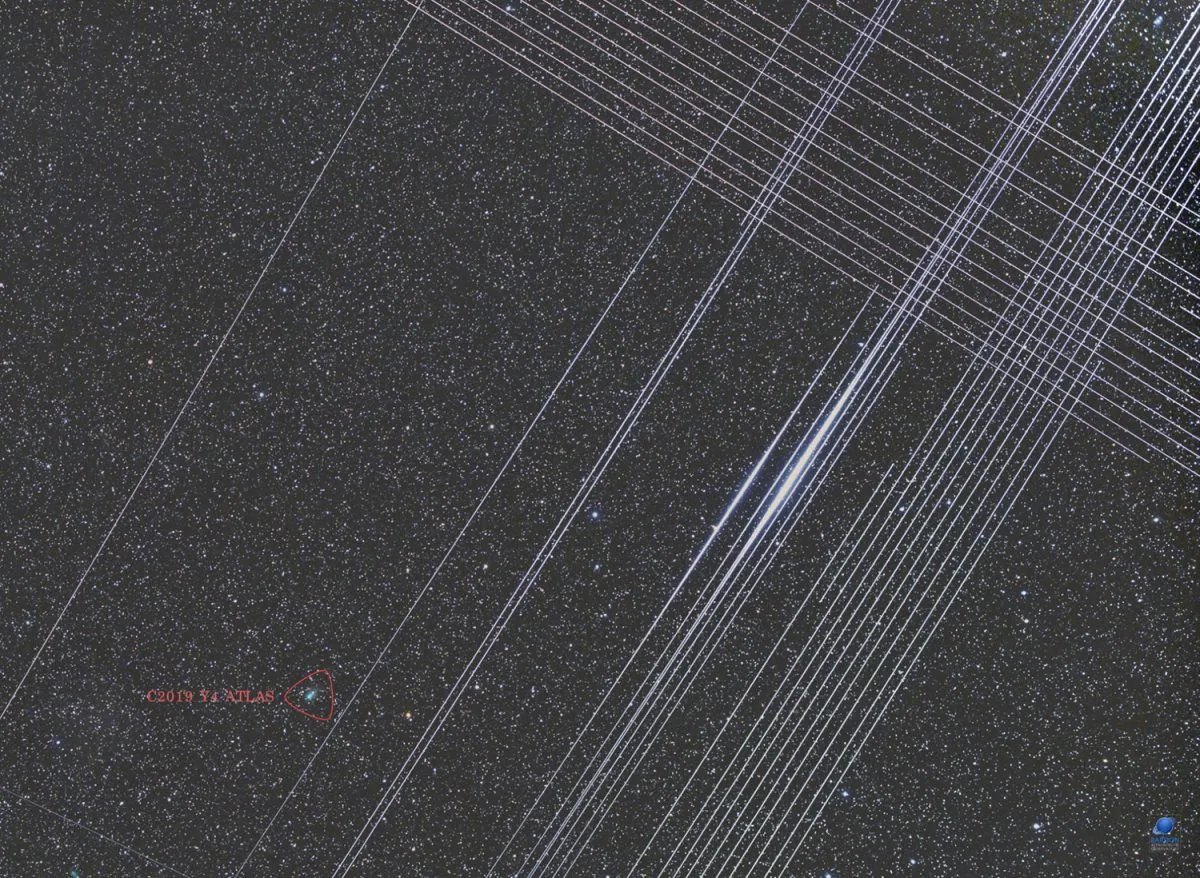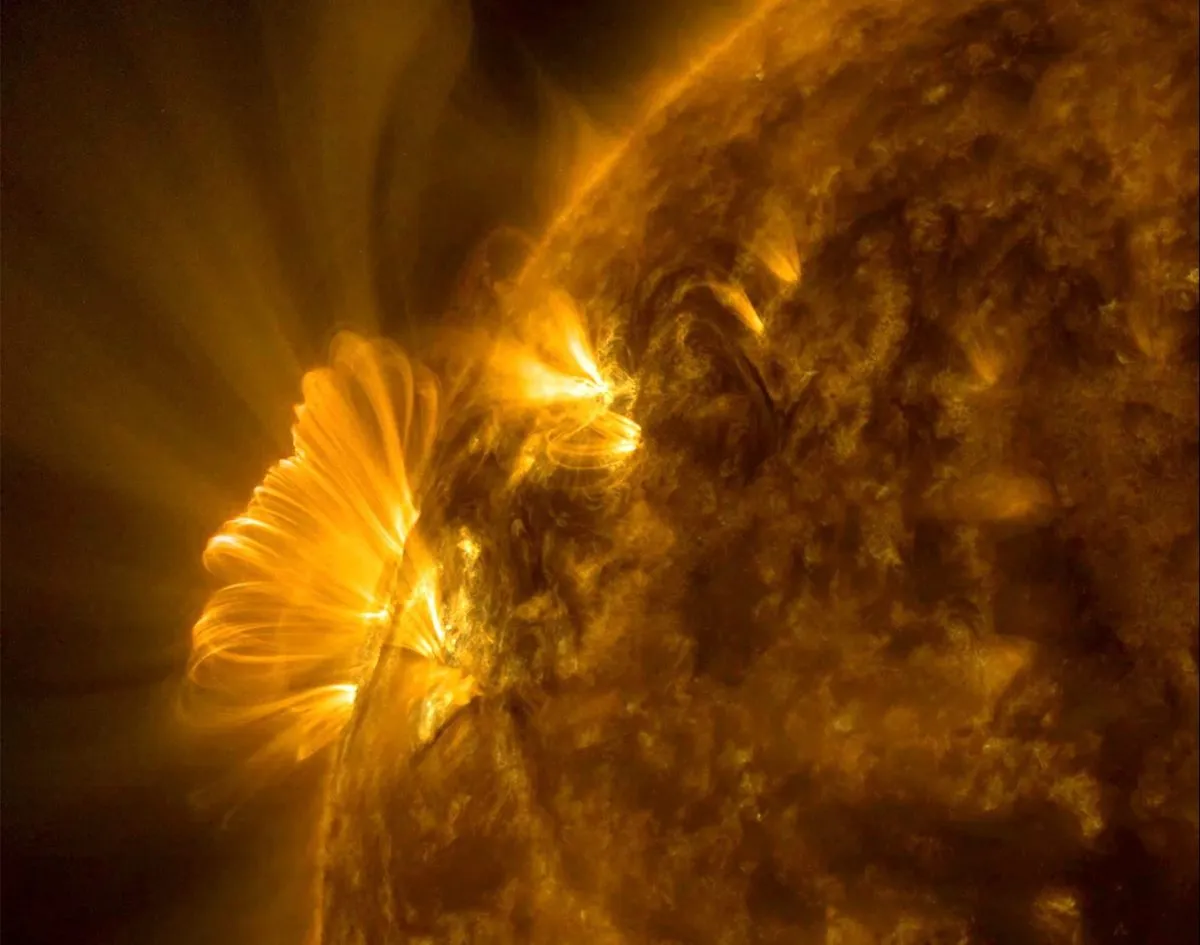Have you ever looked up at the night sky and seen a satellite passing overhead? If so, you're not alone, and the presence of satellites in our night sky has become a much more common sight over the past decade.
Satellites like the Starlink megaconstellations launched by Elon Musk's SpaceX provide high speed internet access around the world, particularly to remote locations where internet access had previously been unavailable, or patchy at best.
But the flip side of increased satellites in our night sky is the obstruction caused to our observations of the Universe.
Plus, increased launches of human-made satellites is increasing the amount of so-called space junk in Earth orbit, which some say can lead to problems when launching rockets and probes into space.

SpaceX has launched thousands of satellites in recent years to build its global internet network, but now a team of researchers have found Starlink satellites are facing an unexpected threat: the Sun.
Their study found that solar storms, bursts of energy and magnetic activity from the Sun, are making Starlink satellites reenter Earth’s atmosphere sooner than expected.
This increased space weather is reducing the amount of time Starlink satellites spend in orbit, and making them fall to Earth faster.

Greater solar activity
Activity on the Sun in the form of solar flares, coronal mass ejections and sunspots has been increasing over the past few years.
This is because the Sun is reaching the peak of its 11-year cycle of activity, known as the solar cycle.
Researchers looked at the reentry patterns of 523 Starlink satellites launched between 2020 and 2024.

This time frame matches the start of Solar Cycle 25, the current solar cycle.
The researchers say this cycle "has shown itself to be more intense than the previous solar cycle."
While increased solar activity is great for astronomers in that there's more to see on the surface of the Sun, and also an increase in frequency and magnitude of aurora displays, it's bad news for satellite launchers like SpaceX.
Solar activity has a major effect on Earth’s upper atmosphere, where these satellites operate.

How storms affect satellites
Satellites like Starlink are low Earth orbit satellites that fly within Earth's upper atmosphere.
Here, significant drag on these Earth-orbiting satellites reduces their lifetime and causes them to fall back to Earth.
The study found that conditions in the upper atmosphere become more severe during geomagnetic storms.
When the Sun becomes more active, geomagnetic storms heat up and expand Earth's atmosphere, causing more drag and air resistance on the satellites.
They slow down more quickly, their orbit decays faster and they plunge into Earth's atmosphere more rapidly.

Key takeaways
Satellites are falling faster when solar activity ramps up.
The study found it becomes harder to predict when and where satellites will reenter during geomagnetic storms.
This has huge implications for satellite operators like SpaceX.
With the number of satellites in orbit growing rapidly, and given increased solar activity as we enter the peak of the solar cycle, this research is important for both solar scientists and satellite operators.
"This is an exciting and critical time for space researchers," the study authors say.
"We’re seeing the highest levels of satellite traffic and solar activity in human history.
"We clearly show that the intense solar activity of the current solar cycle has already had significant impacts on Starlink reentries."
Read the paper at arxiv.org/abs/2505.13752
